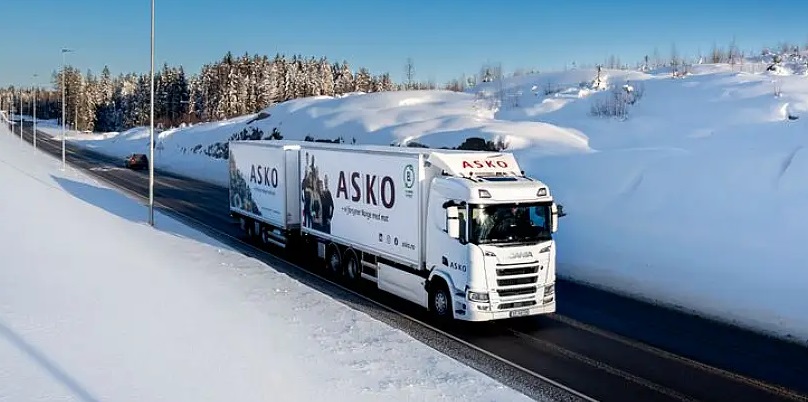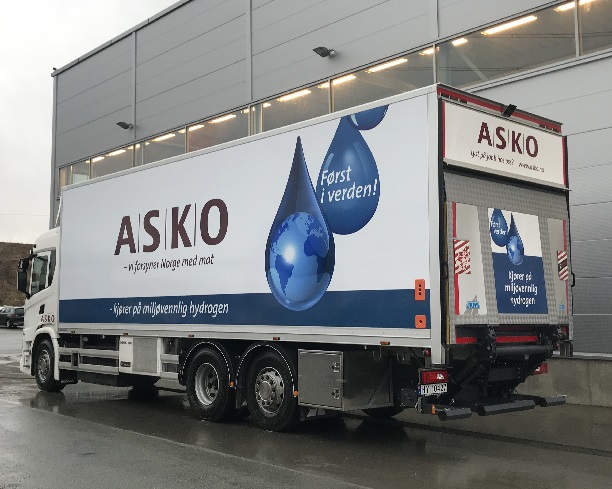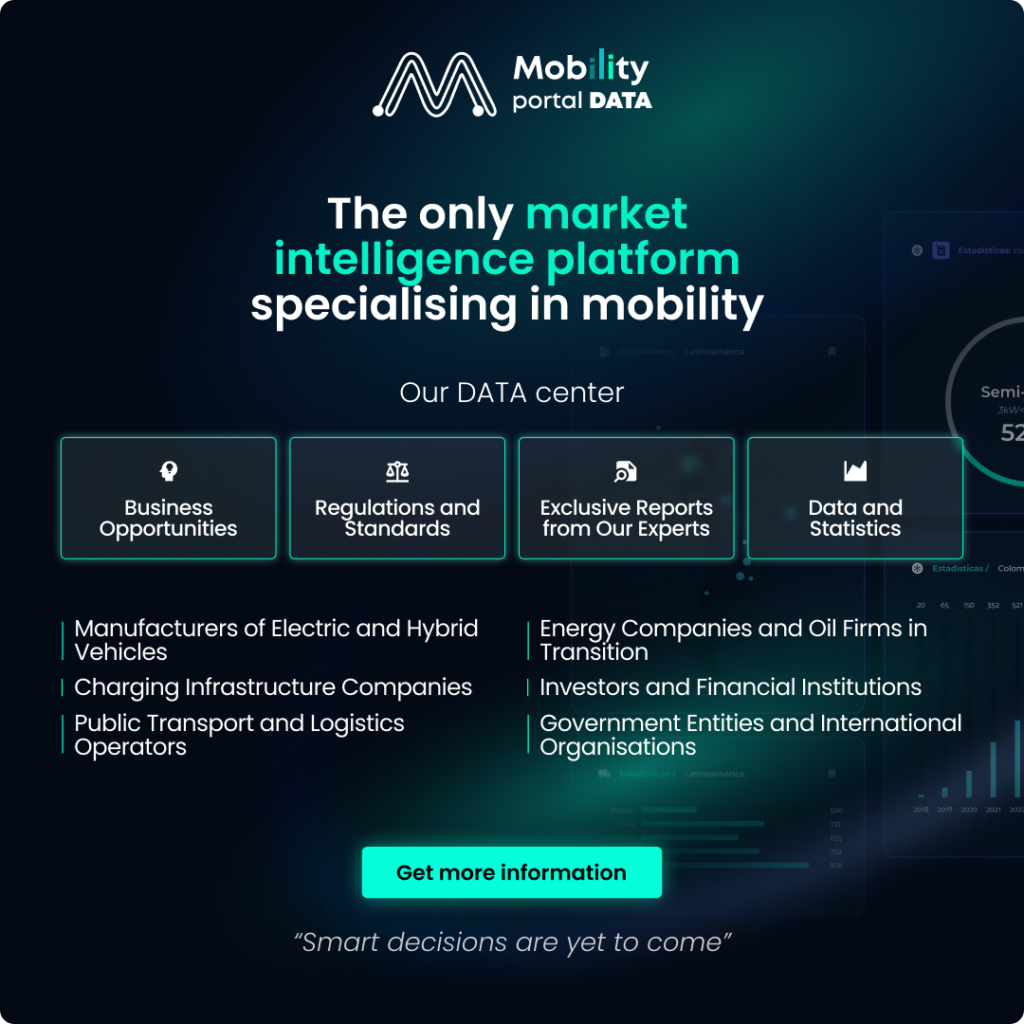ASKO, Norway’s largest food wholesaler, aims to achieve fossil-fuel-free transport by 2026.
Will they reach this target?

“It’s likely we’ll achieve the goal, but we are completely dependent on Scania accelerating its production of electric vehicles (BEVs),” explains Arne Bjone, Project and Development Manager at ASKO, in conversation with Mobility Portal Europe.
“We know it will be challenging given the current state of deliveries,” he adds.
The wholesaler has a long-term strategic partnership with Scania, although to some extent, they also invest in trucks from other suppliers.
It’s worth noting that ASKO set its environmental strategy back in 2006, deciding that all new vehicles would need to have lower emissions.
In 2009, they acquired the world’s first distribution truck running on bioethanol.
“We hoped that major manufacturers would accelerate development, but that didn’t happen,” he laments.
This is why the wholesaler began developing the Emoss truck in 2012.
“It was a pilot to learn if it was possible to operate a distribution fleet with electric trucks, but also to show the major manufacturers that we were serious,” says Bjone.
He continues, “The Emoss was delivered in 2016 after several difficulties.”

ASKO plans to increase the number of eTrucks by 100 in 2025
In total, the wholesaler has a fleet of 725 trucks in daily operation.
While 400 of these are owned by ASKO, the remaining 325 belong to external carriers.

Of the total fleet, 120 are electric, and 80 run on biogas.
They are also currently testing four hydrogen trucks and will receive two pilot vehicles from Scania in 2025 for ASKO MIDT-NORGE.
“These must be thoroughly tested before concluding whether hydrogen is a real alternative or not,” he explains.
While the number of electric trucks they currently have is significant, ASKO will not stop there.
“The plan is to increase the number of BEVs by 100 in 2025,” Bjone reveals.
However, he again acknowledges that “this depends on the original equipment manufacturers being able to meet the agreed and expected deliveries.”
Need for acceleration in charging infrastructure development
ASKO invests in charging infrastructure across all its depots, with the scale depending on operational needs and the number of trucks.
They currently use ABB and Kempower chargers, ranging from 90 to 350 kilowatts, installed both at the loading ramp and in the yard.
“Megawatt charging is planned for the future,” Bjone comments.
While the company prefers to charge its trucks at its own depots, they use external chargers when necessary, such as for longer routes.
In this regard, the ASKO representative recognises that “charging infrastructure needs to develop more quickly.”
Why electric trucks?
When asked about the benefits of having electric trucks in their fleet, Bjone explains that there are various reasons.
On the one hand, he highlights the environmental benefits, considering the reduction in CO2 emissions.
He also mentions that the total cost of ownership (TCO) is positive, given the reduction in operating costs, such as those for energy, tolls, and maintenance.
While electric trucks are still more expensive than their combustion counterparts, the ASKO representative hopes that “investment costs will decrease once large-scale production of BEVs is established.”
Bjone also acknowledges that public support systems like Enova are necessary to back investment until scale production reduces purchase prices.
From the customer’s perspective, they appreciate companies meeting their requirements for environmentally friendly transport, which helps win new contracts.
Finally, having eTrucks means that drivers are satisfied, as these vehicles are comfortable and quiet.
“It gives them pride to contribute to environmentally friendly transport,” comments Bjone.
Public tenders: BEV requirements not always respected
In February 2024, the Norwegian parliament agreed on groundbreaking climate targets: by 2030, all new trucks must be zero-emission or run on biogas.
To achieve this target, the government must establish an action plan.
It is worth noting that today it is possible to receive up to 60% Enova support to cover the cost difference in the purchase price between fossil and electric vehicles. This state-owned enterprise was granted an additional NOK 285 million for zero-emission trucks.
These funds will support Enova’s existing scheme for purchasing heavy vehicles and charging infrastructure, with an initial ambition to increase the electric share from 10% to 20% in 2024.
However, Bjone comments: “In the case of public tenders, we see that fossil-free vehicle delivery is increasingly required. Our challenge is that this is not always respected, as competitors win contracts despite delivering fossil fuel vehicles.”
Additionally, the National Transport Plan 2025-2036 has allocated NOK 3.7 billion for the development and operation of charging infrastructure for heavy trucks.
Furthermore, it is free for eTrucks to use toll roads.
“Long-term framework conditions are important, especially exemptions or reduced toll rates and permission to use public transport lanes,” Bjone states.








